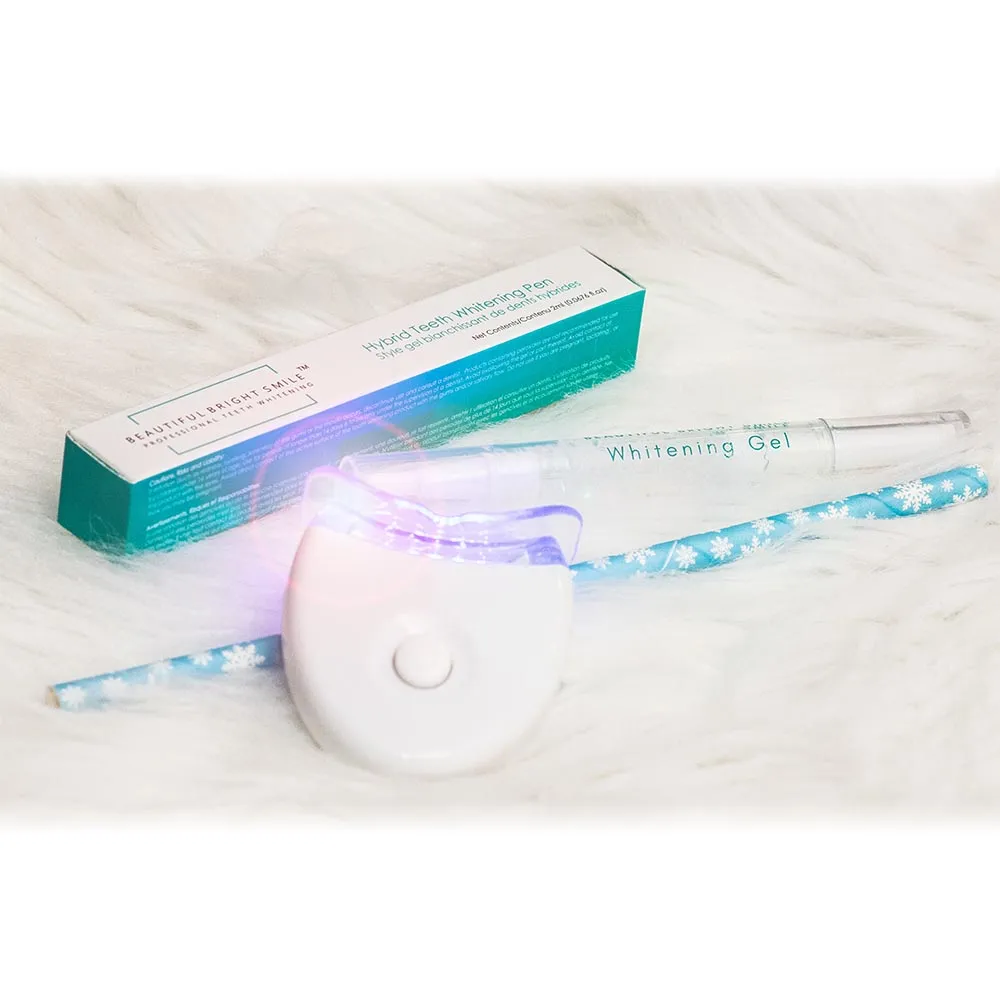What is a Take-Home Teeth Whitening Kit
A take-home teeth whitening kit offers a convenient and affordable way to brighten your smile in the comfort of your own home. These kits typically contain bleaching agents that penetrate the enamel to remove stains and discoloration. Unlike professional treatments performed by a dentist, take-home kits provide a gradual whitening process, often over several days or weeks. They are a popular choice for those seeking to improve the appearance of their teeth without the higher costs and appointment scheduling associated with in-office procedures. However, it’s crucial to understand the different types available and how to use them safely and effectively to achieve the desired results.
Types of Take-Home Teeth Whitening Kits
Take-home teeth whitening kits come in several forms, each with its own application method and benefits. The most common types include whitening strips, gel-based systems with trays, and whitening toothpastes and mouthwashes. Understanding the differences between these kits can help you select the one that best suits your needs and preferences. Each type offers varying levels of effectiveness, ease of use, and potential side effects, so it’s essential to consider these factors before making a choice.
Whitening Strips
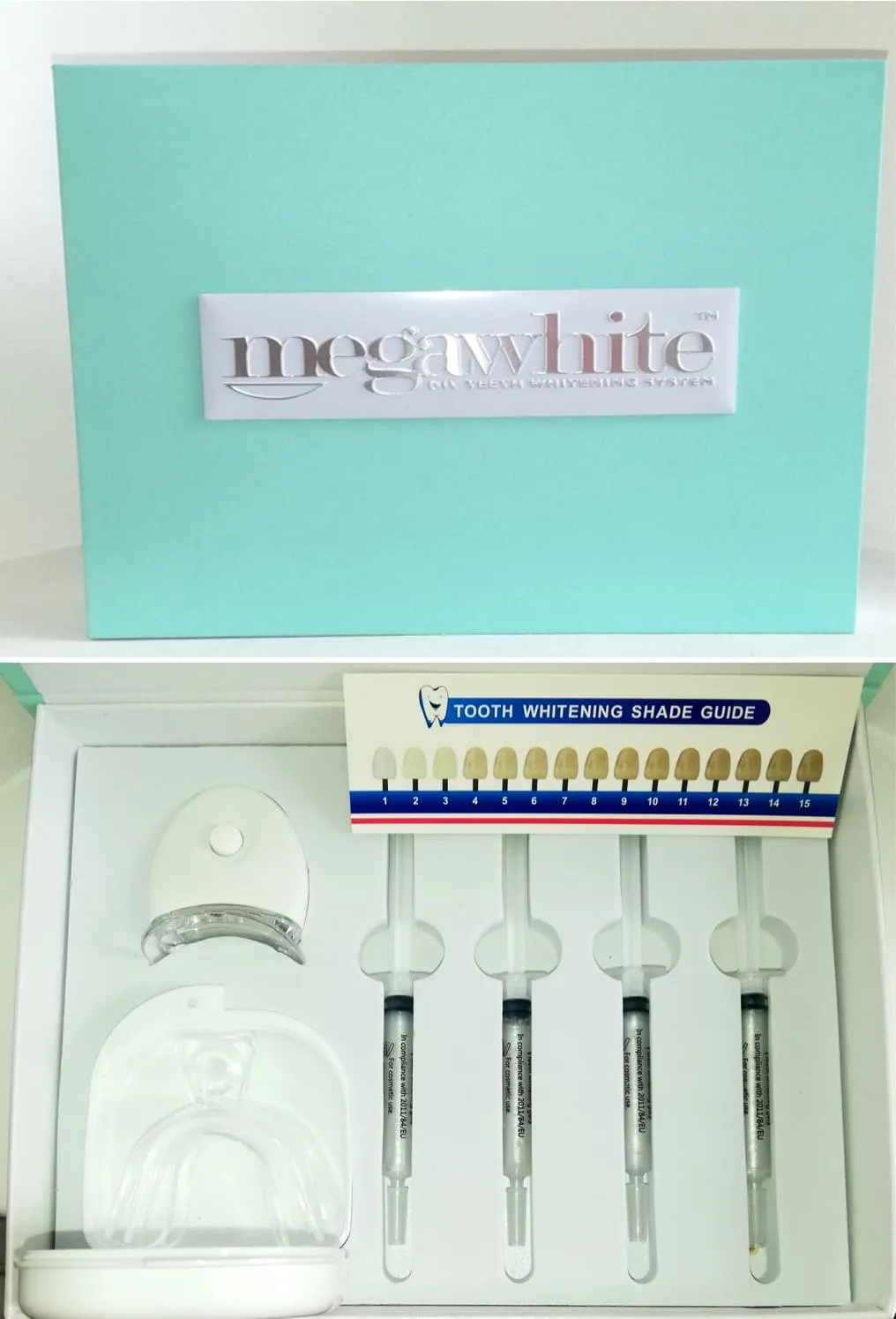
Whitening strips are thin, flexible strips coated with a whitening agent, typically hydrogen peroxide or carbamide peroxide. They are designed to be applied directly to the teeth and are one of the easiest and most convenient options for at-home whitening. The strips adhere to the teeth, ensuring the whitening agent stays in contact with the enamel. Whitening strips are generally used for a short period each day, often for 30 minutes, over a period of several days or weeks, depending on the product and the desired level of whitening. They are readily available over-the-counter and are generally considered an effective method for removing surface stains.
Whitening Gels with Trays
Whitening gels with trays involve applying a whitening gel, also containing hydrogen peroxide or carbamide peroxide, into custom-fitted or pre-formed trays. These trays are then placed over the teeth, ensuring even distribution of the whitening agent. Custom trays, often provided by a dentist, offer a more precise fit, minimizing the risk of gel leakage and ensuring better contact with the teeth. Pre-formed trays are also available in take-home kits and offer a more affordable option. The gel is typically applied for a set amount of time, ranging from minutes to hours, depending on the concentration of the whitening agent and the product instructions. This method is often considered more effective for deeper stains.
Whitening Toothpastes and Mouthwashes
Whitening toothpastes and mouthwashes are designed to remove surface stains and help maintain the brightness of your teeth. These products often contain mild abrasive agents or chemical ingredients, such as hydrogen peroxide, to lift stains. While they can contribute to a brighter smile, their whitening effect is generally less dramatic than that of strips or gels. They are often used as a supplemental method to maintain whitening results achieved with other treatments. Consistency is key with these products, as their effectiveness depends on regular use as part of your daily oral hygiene routine. They are a convenient option for everyday use and for those looking to prevent future staining.
How to Choose the Right Take-Home Kit
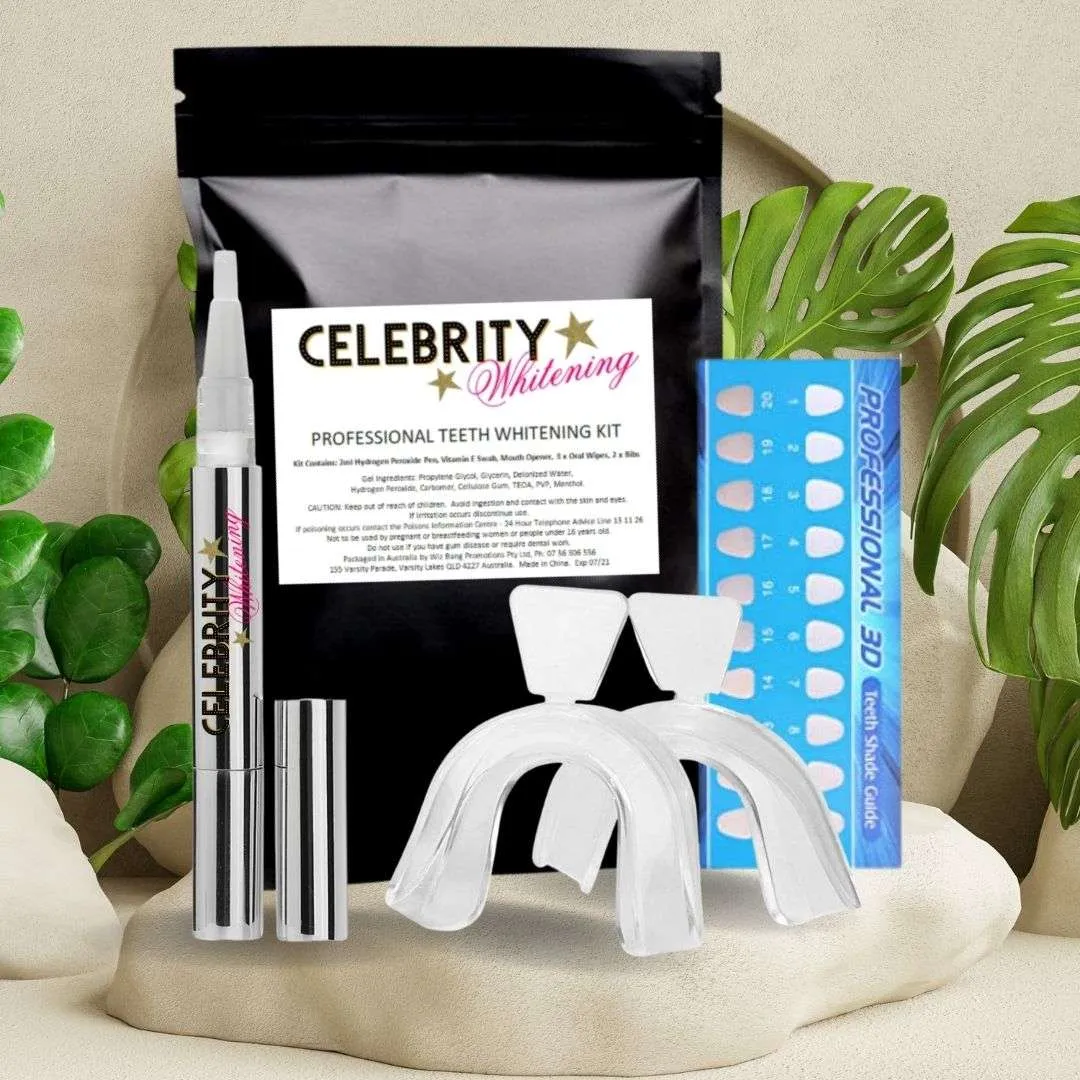
Choosing the right take-home teeth whitening kit involves considering several factors, including your teeth’s sensitivity, the severity of staining, and the product’s safety features. Selecting a kit that aligns with your specific needs and preferences can enhance your chances of achieving a brighter, healthier smile without experiencing excessive side effects. It’s essential to evaluate these factors to make an informed decision and ensure a positive teeth whitening experience.
Consider Your Teeth Sensitivity
If you have sensitive teeth, it’s crucial to choose a whitening kit with a lower concentration of the active whitening agent, such as hydrogen peroxide. Products with lower concentrations are gentler on the teeth and can reduce the likelihood of experiencing tooth sensitivity. Look for kits specifically designed for sensitive teeth, often marketed with terms like ‘gentle whitening’ or ‘sensitive formula.’ You can also consult with your dentist, who can recommend products that are safe and effective for your individual needs.
Assess the Severity of Staining
The severity of your teeth staining will influence the type of whitening kit that is most appropriate. For surface stains, such as those caused by coffee, tea, or smoking, whitening strips or toothpastes can be effective. For deeper stains, such as those caused by aging or certain medications, a stronger whitening agent, such as those found in gels with trays, may be necessary. Assess the color and depth of your stains to determine the appropriate level of whitening power needed to achieve the desired results. If you have very dark stains, it is always best to consult your dentist.
Check for ADA Seal of Acceptance
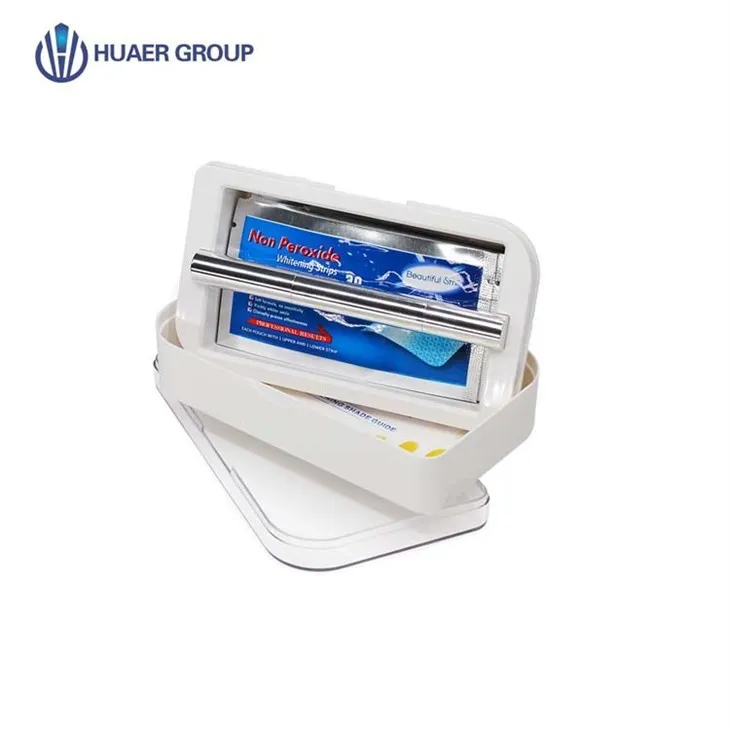
The American Dental Association (ADA) Seal of Acceptance signifies that a product has been rigorously tested and meets specific standards for safety and effectiveness. Look for this seal when selecting a take-home teeth whitening kit to ensure that the product is safe and reliable. The ADA seal indicates that the product has been evaluated by dental professionals and is likely to deliver the whitening results claimed by the manufacturer. Choosing products with the ADA seal provides peace of mind, knowing that the product meets certain quality standards.
Step-by-Step Guide on Using a Teeth Whitening Kit
Using a take-home teeth whitening kit correctly is essential for achieving optimal results and minimizing the risk of side effects. Following the instructions provided with the kit, along with these additional tips, will help you whiten your teeth safely and effectively. The key is to be consistent and to adhere to the recommended usage guidelines.
Prepare Your Teeth
Before applying the whitening product, brush your teeth thoroughly to remove any food particles or debris. Floss your teeth to ensure that the whitening agent can reach all surfaces. Avoid brushing immediately before applying the whitening product, as this can sometimes increase sensitivity. Make sure your teeth are clean and dry before applying the whitening strips or gel trays, as this helps the product adhere correctly.
Apply the Whitening Product
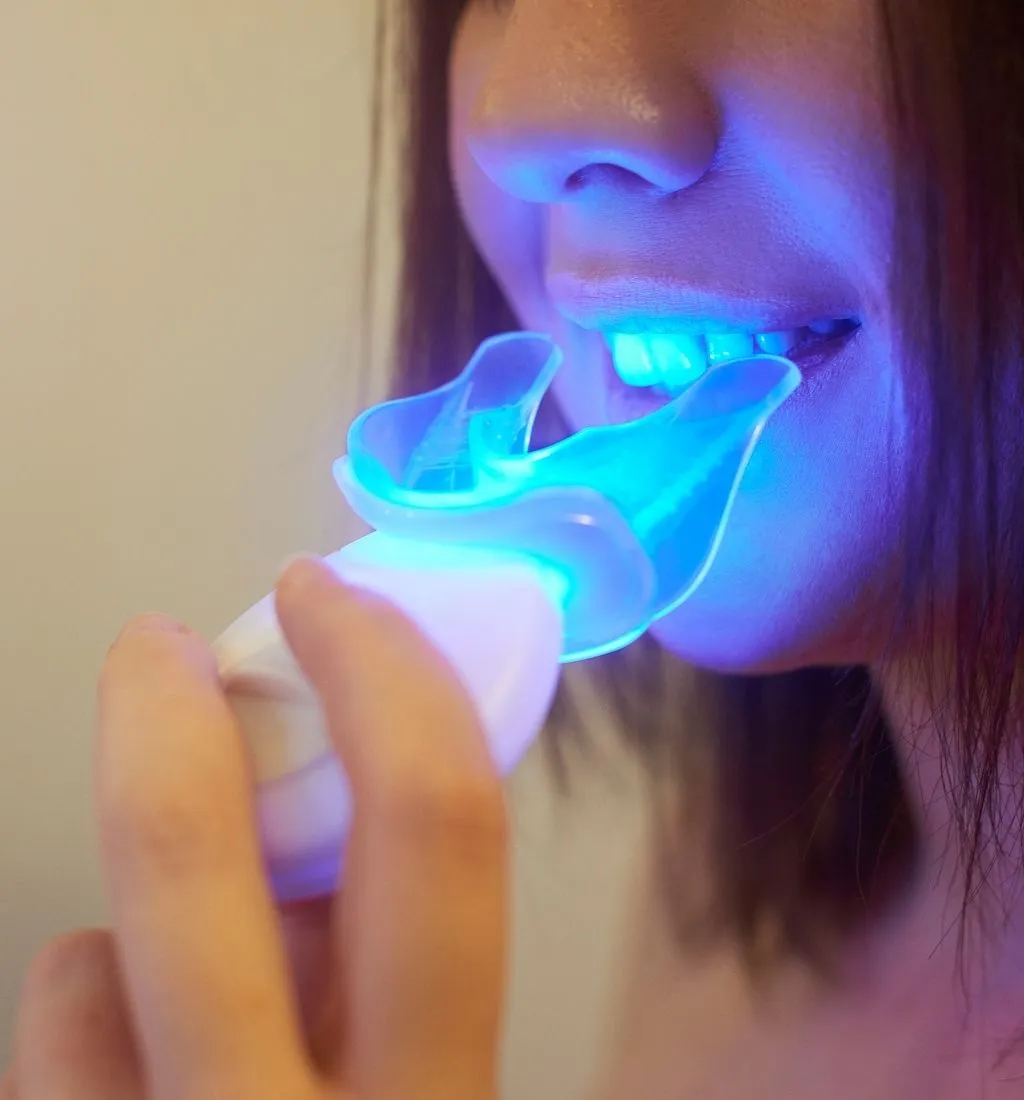
Carefully apply the whitening strips or gel trays according to the kit’s instructions. For whitening strips, ensure that they are properly aligned along your gumline and that the entire surface of your teeth is covered. With gel trays, insert the appropriate amount of whitening gel into the trays and then place them over your teeth, ensuring a comfortable and even fit. Avoid overfilling the trays or applying too much gel, as this can lead to gum irritation. Follow the manufacturer’s instructions regarding the application time and frequency.
Follow the Recommended Treatment Time
Adhere strictly to the recommended treatment time specified by the kit manufacturer. Overuse of the whitening product can increase the risk of tooth sensitivity and gum irritation. Set a timer to ensure that you do not exceed the recommended duration. If you experience any discomfort during the treatment, remove the strips or trays immediately and rinse your mouth with water. If the sensitivity persists, consult your dentist for guidance. Consistency in following the recommended time is crucial for achieving the desired whitening results.
Rinse and Clean Your Mouth
After the treatment time has elapsed, remove the strips or trays and rinse your mouth thoroughly with water. Brush your teeth gently to remove any residual whitening product. Avoid eating or drinking anything other than water for at least 30 minutes after the treatment to allow the enamel to rehydrate. Clean the trays thoroughly with water and a soft toothbrush if you are using trays. Properly cleaning your mouth and the trays helps prevent side effects and promotes good oral hygiene.
Maintenance and Aftercare
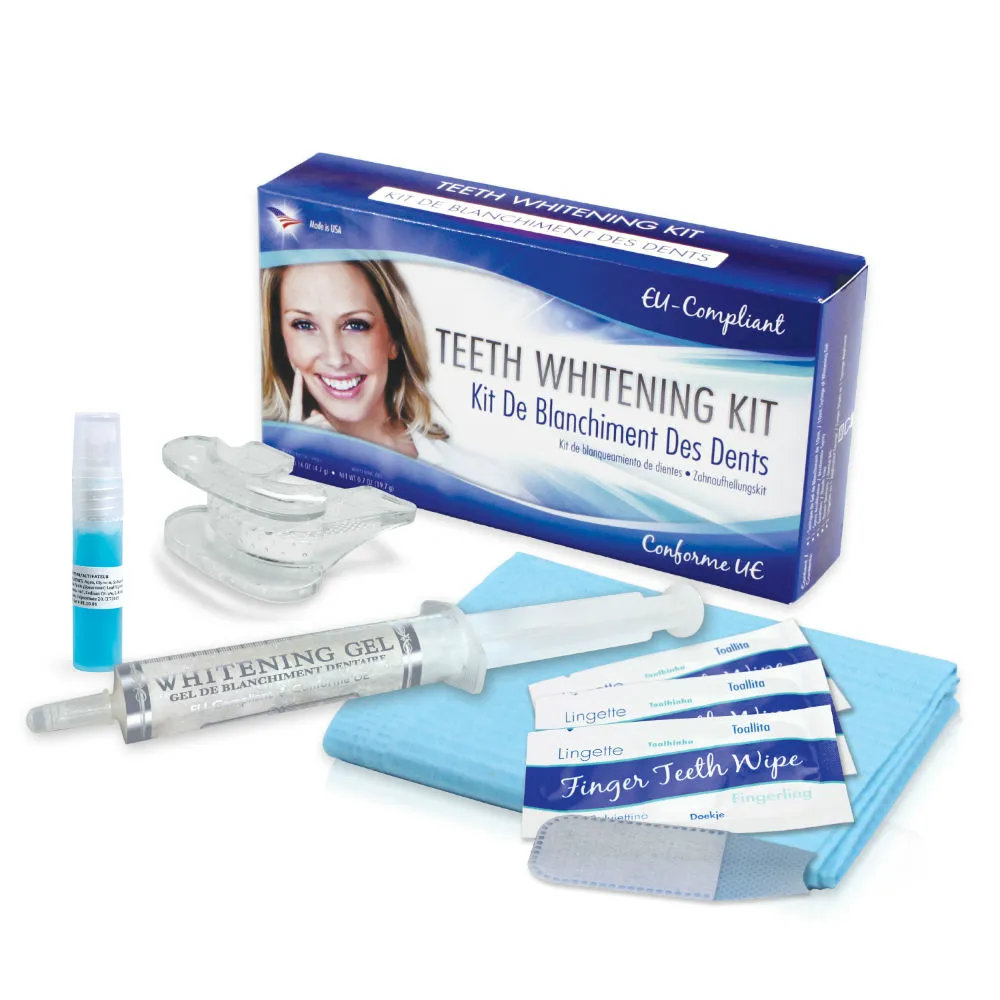
Proper maintenance and aftercare are essential for maintaining the results of your teeth whitening treatment. Following these guidelines can help you keep your smile bright and healthy. These practices extend beyond the initial whitening process and require consistent effort to achieve long-lasting results.
Tips for Maintaining Your White Smile
To maintain your white smile, brush your teeth twice a day with a whitening toothpaste, and floss daily. Avoid or limit your consumption of staining foods and drinks, such as coffee, tea, red wine, and berries. Consider using a straw for beverages to minimize contact with your teeth. Schedule regular dental check-ups and cleanings to remove surface stains and maintain overall oral health. Consider touch-up treatments with your take-home kit as needed to keep your teeth looking their best.
What to Avoid After Whitening
After teeth whitening, avoid consuming highly pigmented foods and drinks, such as coffee, tea, red wine, and dark-colored sauces, for at least 48 hours. Smoking can also stain your teeth, so it’s best to avoid it entirely or at least refrain from smoking immediately after whitening. Be cautious with acidic foods, as they can erode the enamel and make your teeth more susceptible to staining. Following these guidelines can help you prolong the results of your teeth whitening treatment.
Potential Risks and Side Effects
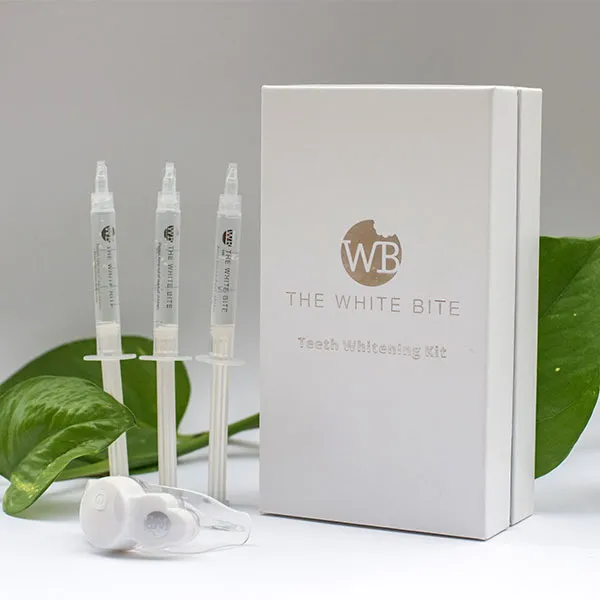
While take-home teeth whitening kits are generally safe, it’s important to be aware of potential risks and side effects. Understanding these can help you make informed decisions and take appropriate measures if any problems arise. Always consult your dentist if you experience any concerning symptoms.
Tooth Sensitivity
Tooth sensitivity is a common side effect of teeth whitening. It occurs because the whitening agents can temporarily make the teeth more porous. You might experience sensitivity to hot or cold foods and drinks. This sensitivity is usually temporary and subsides within a few days after you stop the treatment. To manage tooth sensitivity, consider using toothpaste designed for sensitive teeth, which contains ingredients that can help block the tubules in the dentin, reducing nerve stimulation. Your dentist may also recommend fluoride treatments to strengthen your enamel.
Gum Irritation
Gum irritation can occur if the whitening agent comes into contact with your gums. This can happen if the whitening trays don’t fit properly or if you use too much gel. Symptoms of gum irritation include redness, swelling, and soreness. To prevent gum irritation, ensure that the trays fit snugly and that the whitening agent does not leak onto your gums. If irritation occurs, stop the treatment immediately and rinse your mouth with water. You can also apply a small amount of vitamin E oil or aloe vera to the irritated area to soothe the gums. If the irritation is severe or persistent, consult your dentist.
Are Take-Home Kits Effective?
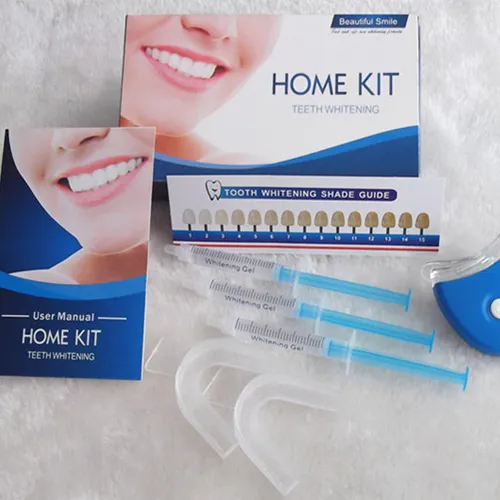
Yes, take-home teeth whitening kits can be very effective at brightening your smile. The effectiveness of these kits varies depending on the type of kit, the concentration of the whitening agent, and the individual’s teeth. In general, whitening strips are effective for removing surface stains, while gels with trays may be more effective for deeper stains. The best way to know is to try a kit and to be patient. Results may not be immediate, so it’s essential to follow the instructions consistently and to manage your expectations. Combining a take-home kit with good oral hygiene practices can lead to significant improvements in the appearance of your teeth.
The Role of Professional Advice
While take-home kits offer a convenient option, it’s always best to consult with your dentist before starting any teeth whitening treatment. Your dentist can assess the overall health of your teeth and gums, determine if teeth whitening is suitable for you, and provide personalized recommendations. They can also help you choose a kit that is safe and effective for your specific needs and help manage any potential side effects. Your dentist can also provide professional whitening options if your teeth require stronger treatments. They can also monitor your progress and address any concerns you may have. Professional guidance helps ensure that your teeth whitening experience is both effective and safe.
